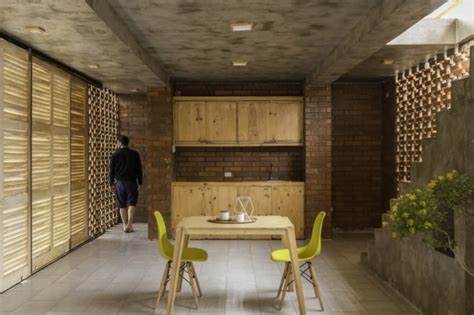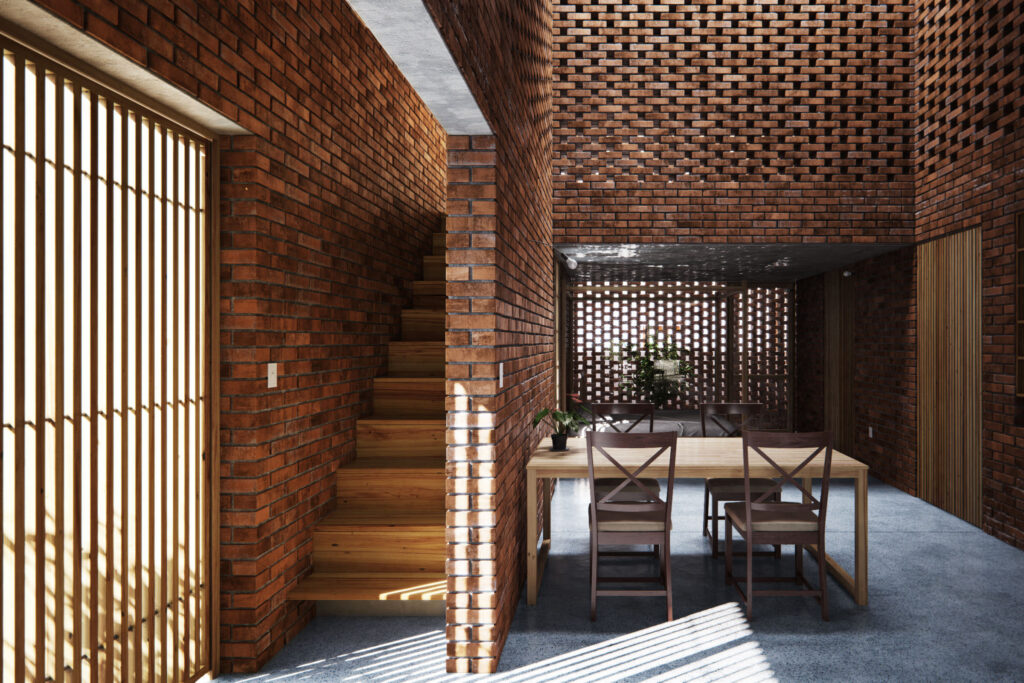
Introduction
India’s interior design sector is not an exception to the global trend of industries turning to sustainability in recent years. Sustainable materials and practices are becoming more and more important in design projects as environmental consciousness rises among consumers and designers alike. An important turning point was reached in 2023, when sustainability became a major interior design trend. This article explores the causes of this trend, the creative sustainable methods that designers have used, and the effects on the Indian interior design industry.
The Rise of Sustainability in Interior Design
India has seen a shift in interior design towards sustainable practices due to a number of factors. A growing consumer preference for eco-friendly products, government regulations encouraging green building practices, and an increased awareness of environmental issues have all contributed. The worldwide movement to realize the Sustainable Development Goals (SDGs) of the United Nations has expedited this trend even more.
Understanding how traditional design methods affect the environment is one of the main forces behind interior design sustainability. The industry has historically significantly contributed to environmental degradation through the use of materials that are resource-intensive and have high energy consumption. Consequently, there has been a group effort to use sustainable alternatives in order to lessen this impact.
Innovative Sustainable Practices in Interior Design
The Indian interior design sector has seen the emergence of several cutting-edge techniques that prioritize sustainability. These methods improve the aesthetic and practical value of interior spaces while also lessening their negative effects on the environment.
- Use of Eco-friendly Materials
The use of eco-friendly materials is at the forefront of sustainable interior design. Designers are increasingly opting for materials that are renewable, recyclable, and have a low carbon footprint. Bamboo, cork, reclaimed wood, and recycled metal are some of the popular choices. These materials not only reduce environmental impact but also bring a unique aesthetic appeal to interior spaces.
- Energy-efficient Lighting and Appliances
Energy efficiency is a crucial aspect of sustainable interior design. The adoption of LED lighting, energy-efficient appliances, and smart home technologies has significantly reduced energy consumption in homes and commercial spaces. Designers are also incorporating natural lighting solutions, such as large windows and skylights, to minimize the need for artificial lighting during the day.
- Water Conservation
Water conservation is another critical component of sustainable interior design. Low-flow faucets, dual-flush toilets, and rainwater harvesting systems are being integrated into designs to reduce water usage. Additionally, the use of native and drought-resistant plants in indoor landscaping helps minimize water consumption.
- Indoor Air Quality Improvement
Improving indoor air quality is essential for creating healthy living environments. Designers are using low-VOC (volatile organic compounds) paints, adhesives, and finishes to reduce indoor air pollution. The incorporation of indoor plants and air-purifying systems further enhances air quality, creating a healthier and more comfortable space for occupants.
- Waste Reduction and Recycling
Waste reduction and recycling are integral to sustainable interior design. Designers are focusing on reducing waste during the construction and renovation processes by opting for modular and prefabricated components. Additionally, the reuse and upcycling of existing materials and furniture help minimize waste and conserve resources.
Impact on the Indian Interior Design Market
The emphasis on sustainability has significantly impacted the Indian interior design market, influencing both consumer preferences and business practices.
- Consumer Demand for Sustainable Designs
There has been a noticeable shift in consumer preferences towards sustainable interior designs. Today’s consumers are more informed and conscious about the environmental impact of their choices. They are willing to invest in sustainable products and solutions that align with their values. This growing demand has prompted designers and firms to integrate sustainability into their offerings, creating a competitive market for eco-friendly designs.
- Increased Collaboration and Innovation
The focus on sustainability has fostered increased collaboration and innovation within the industry. Designers, architects, manufacturers, and suppliers are working together to develop sustainable products and solutions. This collaboration has led to the emergence of new materials, technologies, and design approaches that prioritize environmental conservation.
- Government Initiatives and Regulations
Government initiatives and regulations have also played a crucial role in promoting sustainability in the interior design industry. The Indian government has introduced various policies and incentives to encourage green building practices and the use of sustainable materials. The Green Building Council of India (GBCI) and other organizations are actively promoting green certification programs, such as LEED (Leadership in Energy and Environmental Design) and IGBC (Indian Green Building Council), which recognize and reward sustainable design practices.
- Economic and Environmental Benefits
The adoption of sustainable interior design practices has resulted in both economic and environmental benefits. Energy-efficient designs reduce operational costs for homeowners and businesses, while eco-friendly materials and practices contribute to environmental conservation. Additionally, sustainable designs often enhance the market value of properties, making them more attractive to potential buyers and investors.
Challenges and Future Prospects
Despite the significant progress made, the widespread adoption of sustainable interior design in India faces several challenges.
- Cost and Accessibility
One of the primary challenges is the cost and accessibility of sustainable materials and technologies. While the prices of eco-friendly products have gradually decreased, they are still often higher than conventional alternatives. This cost factor can be a deterrent for budget-conscious consumers and small businesses. Additionally, the availability of sustainable products can vary across regions, making it challenging for designers in certain areas to access the necessary materials.
- Awareness and Education
Another challenge is the lack of awareness and education about sustainable design practices. While awareness is growing, there is still a need for more comprehensive education and training for both designers and consumers. This includes understanding the benefits of sustainable design, the available options, and how to effectively implement them in various projects.
- Market Adaptation
The market’s adaptation to sustainable practices also requires a shift in mindset among stakeholders. Designers, manufacturers, and suppliers need to embrace sustainability as a core value and integrate it into their business models. This shift may involve changes in production processes, sourcing strategies, and design philosophies.
Future Prospects
The future of sustainable interior design in India looks promising. As awareness continues to grow and more sustainable options become accessible, the industry is expected to witness a broader adoption of eco-friendly practices. Several trends are likely to shape the future of sustainable interior design in India:
- Integration of Smart Technologies
The integration of smart technologies will play a crucial role in enhancing the sustainability of interior designs. Smart home systems, energy management solutions, and automated lighting and climate control systems will further reduce energy consumption and improve efficiency.
- Circular Design Economy
The concept of a circular design economy, which focuses on minimizing waste and maximizing resource efficiency, is expected to gain traction. This approach involves designing products and spaces with their entire lifecycle in mind, promoting reuse, recycling, and upcycling.
- Biophilic Design
It is likely that biophilic design, which highlights the relationship between people and the environment, will gain popularity. This design strategy incorporates organic materials, natural light, and vegetation to create spaces that are healthier and more sustainable.
- Sustainable Urban Development
Sustainable urban development will drive the market for eco-friendly interior design solutions. The demand for sustainable public infrastructure, commercial space, and housing will rise as cities expand and become more urbanized. As a result, designers will have more chances to support the creation of resilient and green urban environments.

Conclusion
Sustainability in design has emerged as a megatrend in the Indian interior design industry in 2023. Sustainable practices are changing the industry because of government initiatives, consumer demand, and environmental awareness. Innovative solutions, such as the use of eco-friendly materials, energy-efficient designs, and waste reduction strategies, are becoming mainstream. While challenges remain, the future prospects for sustainable interior design in India are bright. As the industry continues to evolve, sustainability will remain a key focus, driving innovation and creating a positive impact on the environment and society.